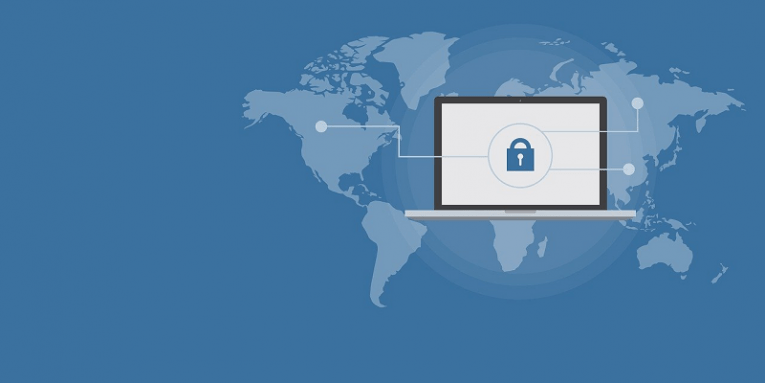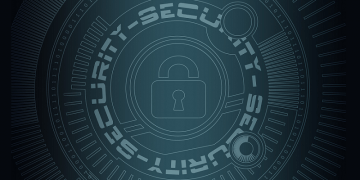Are We in the State of Ongoing Cyber War? Cybersecurity Experts Think That We Are

Are we in the state of an ongoing cyber war? The majority of security experts think so. And while most of the regular users might think that cyber war doesn’t affect them directly, you would be surprised how big of an impact one single act of cyber warfare could make on your life, depending on where they strike.
So, what is cyber warfare? We would like to use this opportunity and explore the topic in this entry. First, we will look at the term itself, and then we will go through the most common types of threats that national infrastructures have to face.
What is cyber warfare?
The term itself refers to foreign cyber-attacks against a computer system within a country. These foreign cyber-attacks are believed to be sanctioned by an aggressor state. So, it means that cyber war takes the usual “offline” battles into the cyberspace, where nations try to harm each other by spreading disinformation, denying important services, or cutting off vital supplies through technology.
While we have already established that most of the security experts think we’re in the state of an ongoing cyber war, there are also those who are unwilling to use the term lightly. There are two main reasons behind that. First, no cyber war has ever been officially declared. And there has never been an all-out cyber war, so some experts can be quite reluctant to use the term. Second, the accused perpetrators have never taken the responsibility for their actions.
Although coordinated foreign attacks on national cyber infrastructure is becoming increasingly common, whenever security experts trace back the attack to one or the other country, the governments reject or deny their wrongdoing. So, cyber warfare is like this big open secret that everyone is aware of, but dragging it out into the open is like trying to nail a Jell-O on the wall.
At most, we can see that these kinds of cyber threats are all-encompassing, and they don’t exactly target an individual user directly, but everyone might feel a brunt of such an attack if they hit a very important service. For example, think what might happen if a malicious actor hacks into a system that manages a city water supply, or what if a national health service system goes down? In one way or the other, we would feel the consequences.
What are the types of cyber warfare?
Just like there are all sorts of general cyber threats, there are also many ways to indulge in cyber warfare, too. Perhaps the most common type of cyber warfare is sabotage. Just as we have mentioned above, sabotage is there to cause vital service disruption, and one of its main objectives is to cause panic and confusion. Perhaps, one of the best-known examples of a sabotage is the Stuxnet worm infection. It is believed that this worm is a cyberweapon built by the United States and Israel. However, since no one really admits that they indulge in the acts of cyber warfare, these assumptions have never been confirmed 100%.
Government espionage is also a big part of cyber warfare. It is thought to be a “soft threat” that does not cause immediate damage. But we can only imagine what happens when someone steals national secrets: It would eventually lead to something bigger and larger. There are quite a few textbook examples of cyber espionage, and to give you a good idea of how it works, we can mention the Office of Personal Management data breach.
The United States Office of Personal Management (OPM) was targeted by a massive data breach in 2014. According to the official reports, approximately 21.5 million records were stolen. And it wasn’t just the information of then government employees. The records of people who had undergone background checks where also leaked, and the stolen information included Social Security numbers, names, addresses, and so on. The breach was traced back to China, and so far, one Chinese national was arrested under the suspicion that they helped to create the malware that was used in the attack. And that’s just one case of an espionage attack! We have to remember that the attempts to breach important computer systems might be happening right now as you read this.
The final type of cyber warfare we’d like to discuss today is a denial-of-service (DoS) attack. You’ve probably heard of this type of cyber attack before because it’s something that common users notice almost immediately when they can’t access important services. This happens when a botnet exhausts and overloads a server, and it can no longer allow users into the website they’re trying to enter. You know how servers crash when everyone flocks to get tickets to their favorite band’s concert? So, the idea is pretty similar, it’s just that this flow of traffic against the server is artificial, created by threat actors. Usually, high profile public services are being targeted by such attacks. For example, banking and credit card companies are bound to be targeted by a DoS attack sooner or later.
What’s worse is that these kinds of attacks do not take a break. You might think that the COVID-19 season should put a hold on various attempts to break into national cyber infrastructure, but that’s far from the truth. For example, the US health agencies have been striving to fend off DDoS (a distributed denial of service) attacks ever since March. Although such attacks do not cause substantial damage or steal important information, they can easily prevent regular users from accessing vital services right when they need it. Eventually, it causes disruption, dissatisfaction, and unrest within the society, which is exactly what a foreign threat actor wants.
Although we as regular users cannot do much to prevent cyber warfare, being aware of the potential threats that our governments face is a good way to be ready for imminent attacks. While it might not be possible to avoid every single attack, when you know what’s going on and that security specialists are working around the clock to mitigate the damage, it becomes easier to deal with it.








